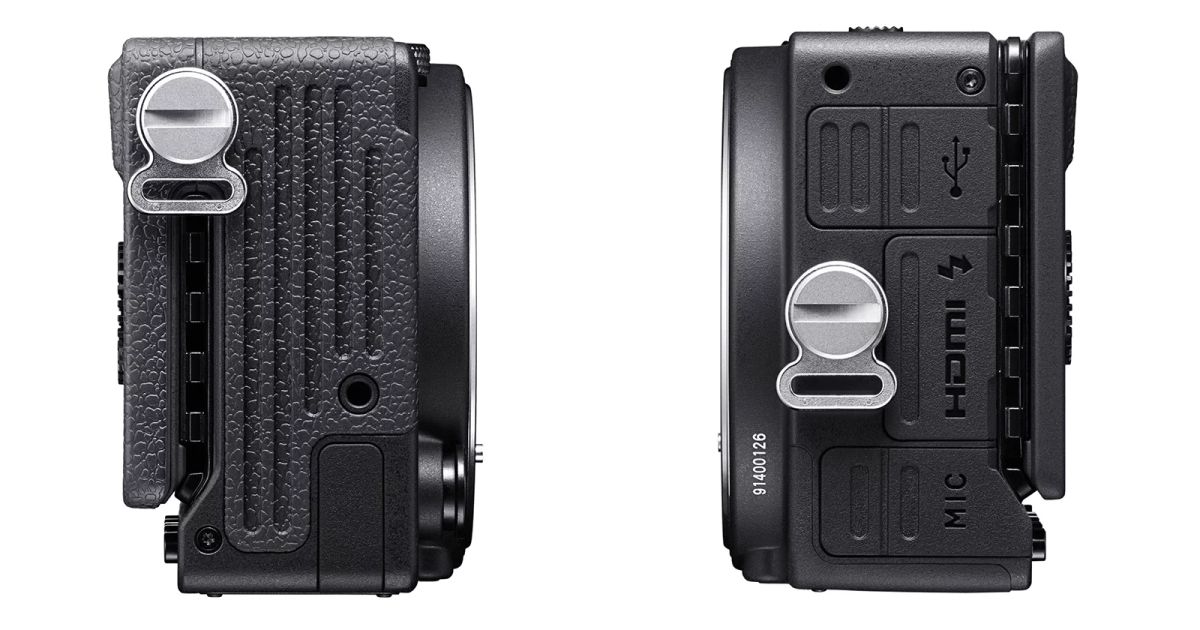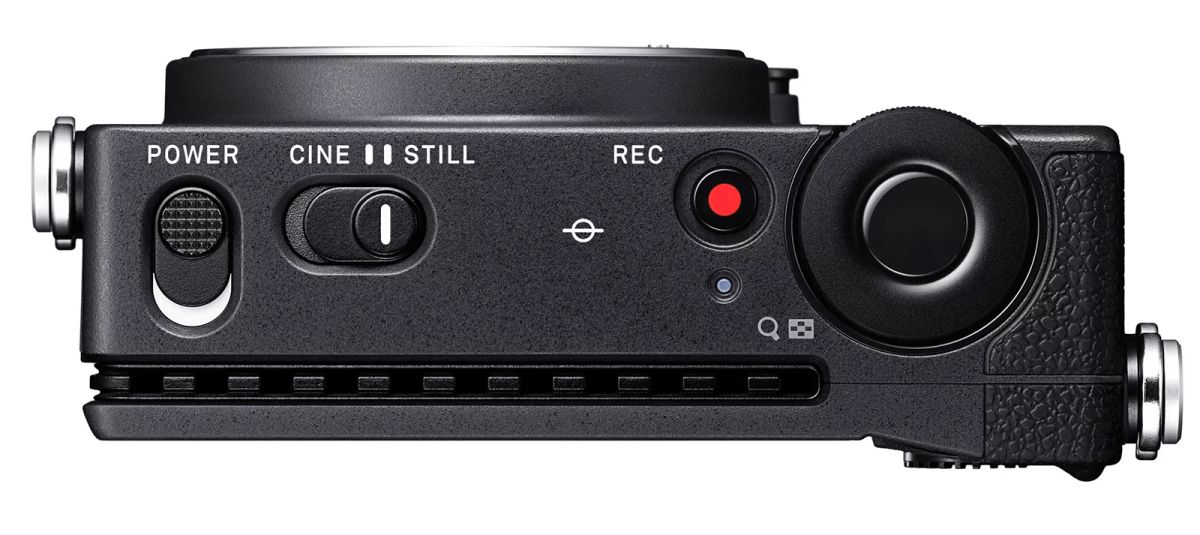The dimensions of the fp measures in at 112.6 x 69.9 x 45.3mm. For context, Sony’s Alpha 7 III measures 126.9 x 95.6 x 73.7mm, and that camera is still significantly smaller than the mirrorless offerings from Canon and Nikon. In terms of overall weight, the fp’s body weighs just 370g without its battery or memory card, and 422g with them. Sigma attributes this lightweight design to the fp’s die-cast aluminium frame, which also serves to dissipate any heat generated by the camera. Specs-wise, the fp’s image sensor is a 35mm full size, 24.6MP Bayer sensor. Like all full-frame cameras, you’ll still need to attach a camera lens to it, and on that note, the fp uses Leica’s L-Mount. Allowing the camera to also make full-use of lenses made by Leica and Panasonic, in addition to its own Sigma lenses. For shooting, the fp has an ISO range of 100 and 25600, a 49-point AF system, and even comes with electronic image stabilisation. For avid videographers, the fp is also capable of shooting videos in 4K resolution.
While the fp doesn’t seem to have any wireless connectivity options, it does at least carry some of the modern interfaces and ports. this includes a USB-C port, an HDMI 1.4 Type-D port, an external microphone input port, but no headphone output. The Sigma fp is expected to be released later this year, although no specific date or official pricetag for the camera has been mentioned at the time of writing. (Source: Sigma, The Verge, PetaPixel // Image: PetaPixel)

